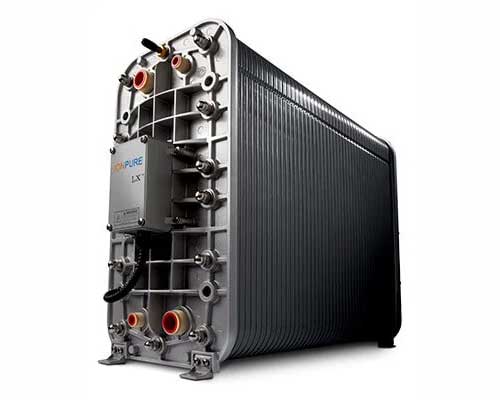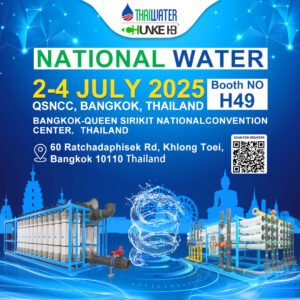Electrodeionization EDI Systems










Electrodeionization EDI Systems remove ions from aqueous streams. Typically in conjunction with reverse osmosis (RO) and other purification devices. So, our high-quality modules continually produce ultra-pure water up to 18.2MΩ/cm. Hence, EDI may be run continuously or intermittently. As a result, electrodeionization is a green solution for deionizing water.
What Is the EDI System?
First of all, electrodeionization (EDI) is an electrically-driven water treatment technology. So, that uses electricity, ion exchange membranes and resin to remove ionized species from water.
What does Electrodeionization EDI systems remove from water?
Electrodeionization EDI systems removes ions and other charged species from water, for example salts and organic acids.

How does Electrodeionization EDI Systems work?
The Electrodeionozation EDI systems module consists of a set of chambers. So, we fill this chamber with ion exchange resins and separated by ion-exchange membranes. Thus, water enters the module, where an applied electrical field at right-angles to the flow forces ions to move through the resins and across the membranes. These impurity ions are not permanently bound to the media. But instead, system collect them into concentrate streams which it goes to drain or recycle. You can use the deionized product water directly or undergo further treatment for enhanced water purity.
The EDI module acts, in effect, as an ion exchange bed which is continuously regenerated electrically. When the ions move through the resins and between the cation or anion selective membranes. So, electrodeionization EDI Systems exchange for H+ and OH- ions. Hence, ions that become bound to the ion exchange resins eventually migrate to a separate chamber. Under the influence of the externally applied electric field; this also produces the H+ and OH- ions necessary to maintain the resins in their regenerated state. Ions in the separate chamber, system flush them to waste.
Meanwhile, the limitations of electrodeionozation EDI systems differ from conventional ion exchange or reverse osmosis system. In addition, product water ionic purity has essentially limit by the total number of ions taken up by the resins. As a result, the maximum rate of arrival of ions limit the EDI. Too high an ionic load will tend to overload the module accordingly. Therefore, we often use EDI after reverse osmosis and, if the water is very hard, with degassing to remove carbon dioxide. Furthermore, if you have more question about Chunke Water Treatment Systems, please contact with us.

